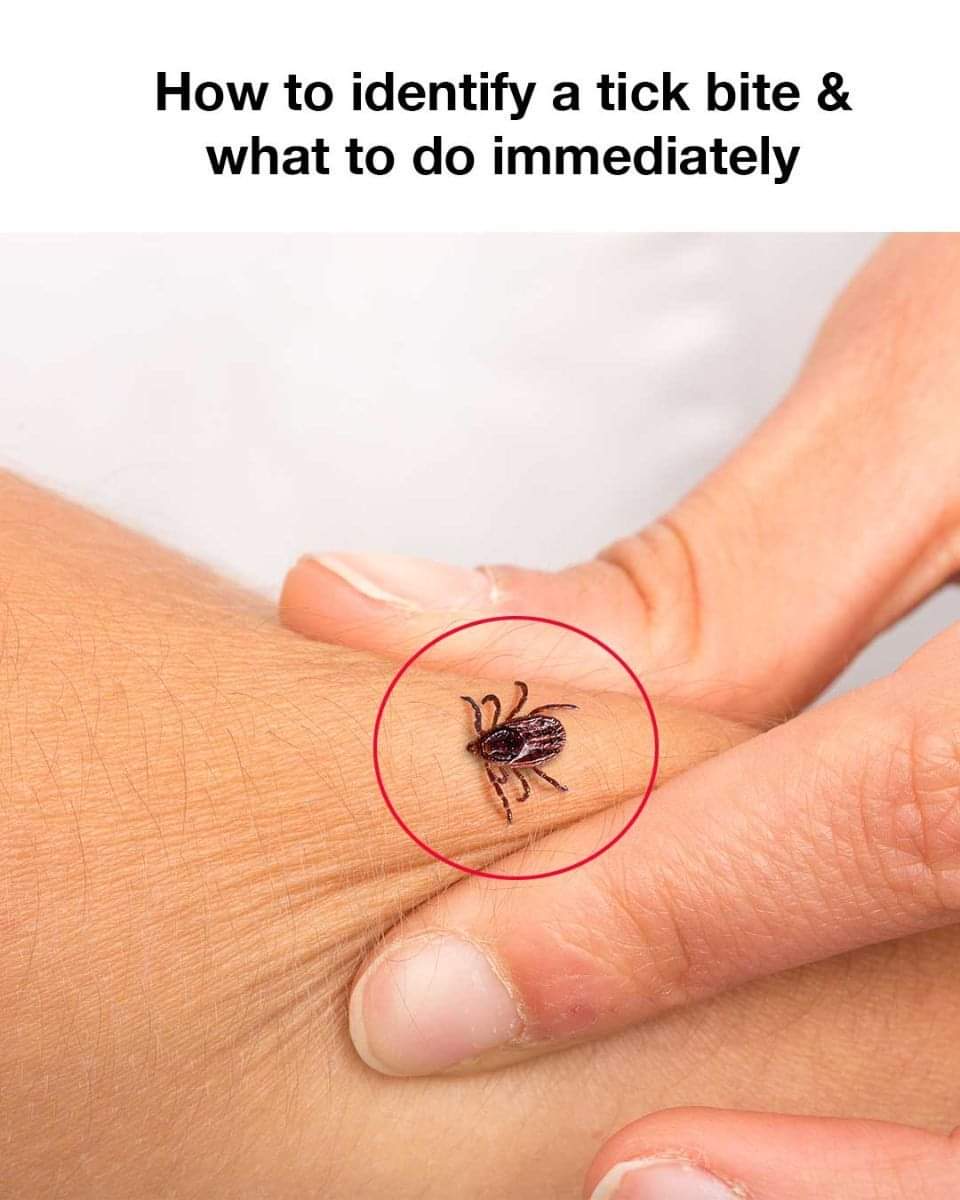The warm months can be a delightful time to spend outdoors, but they also bring along the risk of tick bites. Understanding how to identify a tick bite promptly and knowing what steps to take immediately can help in preventing more severe health issues, including Lyme disease and other tick-borne illnesses. It’s crucial to be informed and prepared, especially if you spend time in areas where ticks are prevalent.
If you’re wondering why you should continue reading this article, consider this: a tick bite may seem like a minor issue, but its consequences can be serious if not addressed properly. Knowing the signs of a tick bite and immediate actions to take empowers you to protect your health and the health of your loved ones.
How to Identify a Tick Bite
1. Visible Tick
Often, the easiest way to identify a tick bite is by spotting the tick itself. Ticks can be very small, so look carefully at your skin’s surface, especially in hard-to-see areas like your scalp, behind the ears, and armpits.
2. Red Spot
A tick bite typically appears as a small red spot. This spot may become larger or more inflamed if the tick remains attached for several hours.
3. Bull’s-eye Rash
One indicative sign of a Lyme disease infection is a bull’s-eye rash that develops around the tick bite. This rash usually appears within 3-30 days after the bite.
4. Itching or Burning
👇 To continue reading, scroll down and click Next 👇
ADVERTISEMENT

